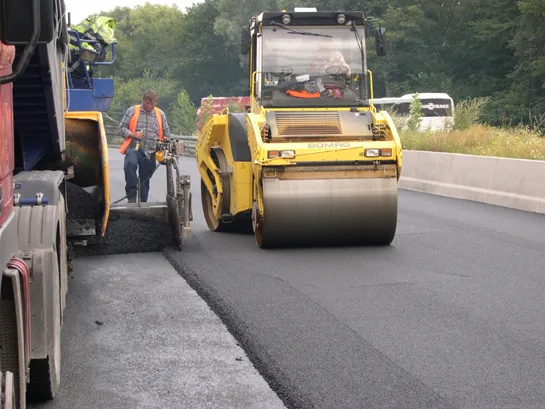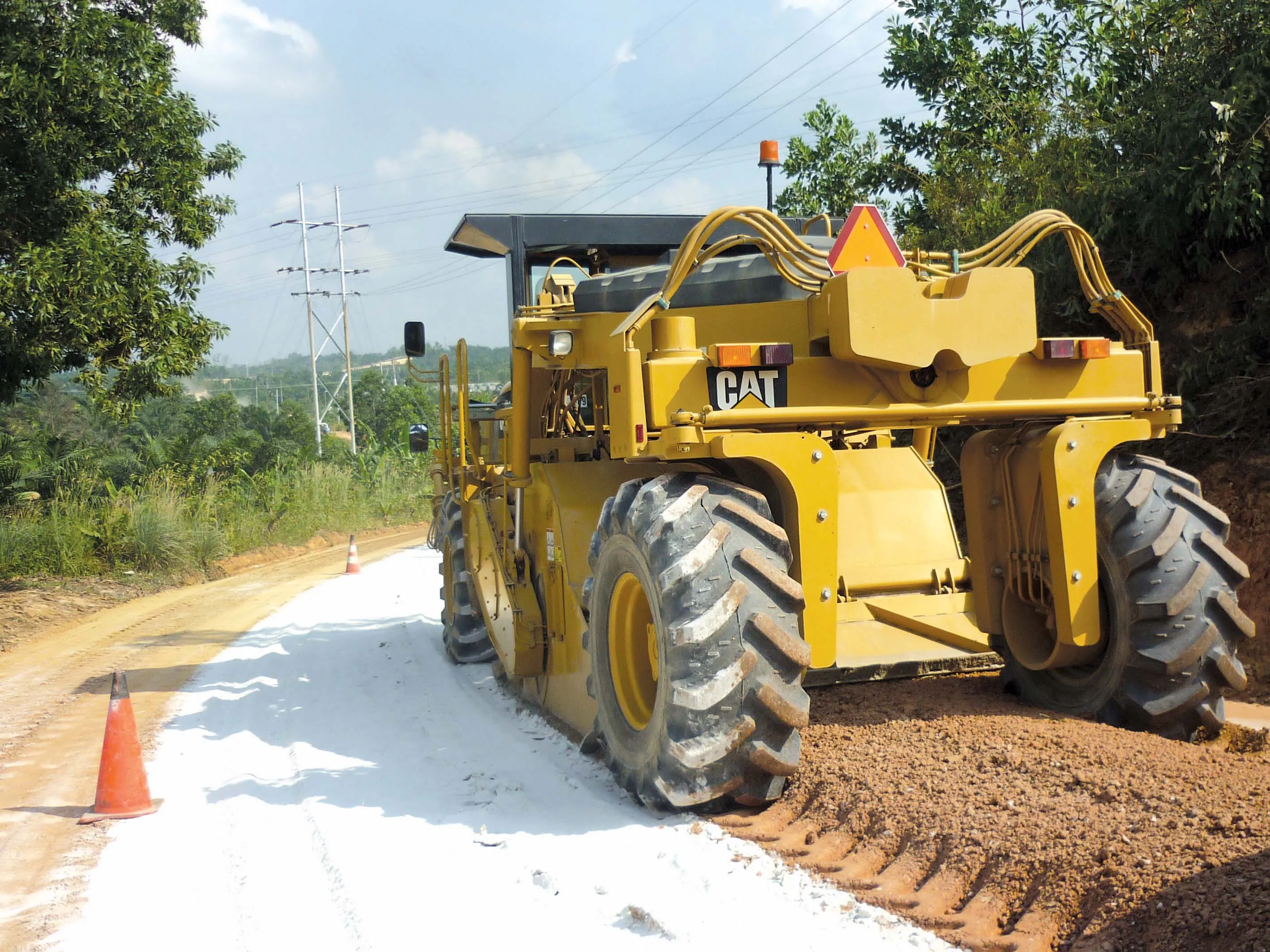Robert Petts provides a practical example of gTKP at work. There is a substantial requirement for a range of sealers and binders in the global road infrastructure sector. The principal need is for the construction and maintenance of road surfaces and pavements. Globally, more than 100 million tonnes of bitumen are produced each year, mostly for use in the road sector.
February 24, 2012
Read time: 5 mins
Robert Petts provides a practical example of gTKP at work
There is a substantial requirement for a range of sealers and binders in the global road infrastructure sector. The principal need is for the construction and maintenance of road surfaces and pavements. Globally, more than 100 million tonnes of bitumen are produced each year, mostly for use in the road sector.There are substantial environmental disadvantages from the production of the currently used binders-sealers which are mainly fossil fuel (bitumen/asphalt) or cement based. These product types involve energy intensive production and long transport distances from large-scale production facilities to the point of application, often over roads possibly susceptible to damage from heavy vehicle loading.
This is a particular issue for Developing and Emerging economies which are predominantly consumers rather than producers of sealers and binders, and which have limited financial resources.
The
For many developing countries, it is believed that a significant proportion of these imported raw materials and products could be substituted with locally sourced alternatives. Sealer/binder products could be made from materials arising from local agricultural and manufacturing operations, and waste streams from industrial activities and power generation. It may also be possible to provide demand for new agricultural crops without compromising current food crop production, by using marginal land or multiple cropping.
New manufacturing opportunities could be created to use appropriate technology to deliver suitable road building materials. Such innovation would stimulate local economies as well as reduce the carbon footprint of road building activities. There would also be potential for carbon sequestration as bio carbon would be bound within road surfaces for many decades.
The good news is that substantial progress has already been made and some commercial products are already on the market (see below). However this is only the start of what could become an important global, environmentally friendly, industry.
A recent gTKP report, 'Eco-Road Building for Emerging Economies,' is the result of a technology scouting exercise. The report may be downloaded from www.gtkp.com and an accompanying Transport PowerPoint presentation is also available. Six main technology areas with significant potential for beneficial exploitation for road surfacing and paving purposes have been identified. The following are interesting extracts from the report.
Wood or palm lignin: One of the most abundant organic polymers in the world, it contains 30% of non-fossil organic carbon, and about 50 million tonnes is produced annually as residue in paper production. In the form of Lignin sulphonate, a paper pulp industry waste stream, it has been used for about 100 years to control dust and stabilise gravel on unpaved roads in the USA and Sweden. Furthermore, the new biofuels industry is expected to deliver abundant fibrous lignin from palm oil extraction.
Drying oils and semi-drying oils: A 'drying oil' is an oil that hardens to a tough, solid film after a period of exposure to air, through a chemical polymerisation reaction in which oxygen is absorbed from the environment. This property is the basis of conventional paint technology. The cross linking process can be manipulated by catalysis heat and oxygen. Unsaturated vegetable oils are widely available from a range of oil seed crops and, through the new biofuel industry, non-food vegetable oils such as Jatropha are becoming available. It should be possible to devise waterproof sealing systems with sufficient resilience for low volume road surfacing.
Oil, resin and biomaterial blends: Recent innovations using blends and emulsions of pine pitch, rosin and vegetable oils have begun to reach commercial success as ecologically acceptable alternatives to bitumen based products (for example Vegecol and Ecopave). They appear to use a wide range of organic waste streams and may be adaptable to a variety of local resources. This is probably the most promising initial approach for replacement of bitumen/asphalt binders as both technology and experience in use is available.
Pozzolanas as cement substitutes and other waste streams: One of the most exciting opportunities is the replacement of Portland cement with rice husk pozzolanas and lime. Up to 130 million tonnes of husk could be available annually on a global basis for pozzolana production. As the ash content by weight is about 20%, there are potentially 26 million tonnes of Rice Husk Ash (RHA) available as a pozzolana. Other sources of pozzolanas include fly ash from power stations, kilns and furnaces. Apart from the attractions of cost and foreign exchange savings and zero net carbon footprint, there is scope for encouraging local low technology industries.
The report highlights potential leads relating to pine resin or tall oil, geotextile and biofibre reinforcement.
In summary, there is enormous potential to escape from the high-energy, environmentally damaging dependence on petro-chemical and cement-based industries, to develop sustainable, low carbon footprint solutions utilising local resources and initiate productive local employment in developing countries. This could create a fast-track solution to the universal provision of affordable, sustainable, basic access to the more than a billion people living in poverty in developing countries.
• For further information contact Rob Petts: %$Linker:









